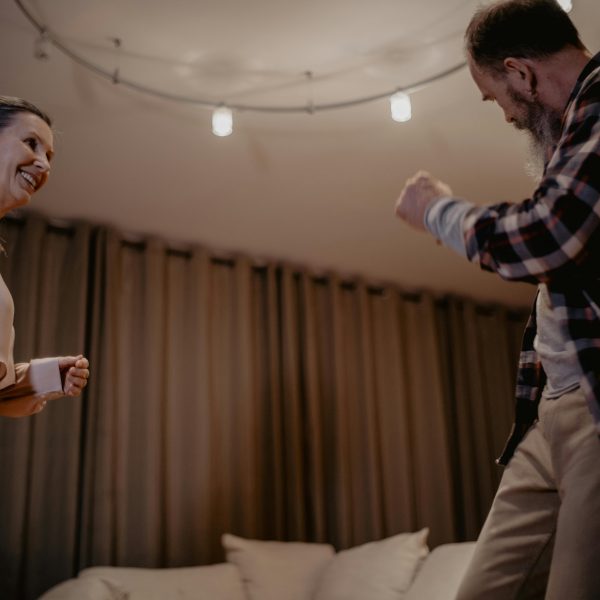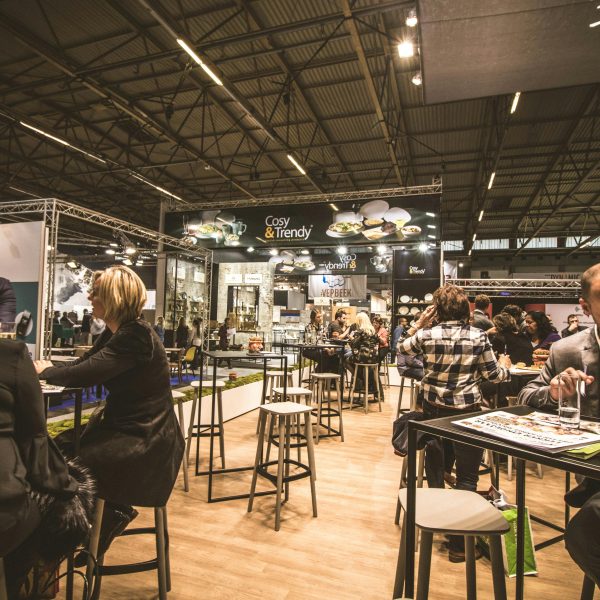In the art of interaction, words often share the limelight with gestures, postures, and facial expressions.
Nonverbal communication, the powerful language that accompanies our spoken words, plays a vital role in conveying emotions, intentions, and attitudes.
From changes in eye contact to expressions that flash across someone’s face, these nonverbal cues can speak volumes – sometimes even louder than words.
In this article, we dive into the captivating realm of communication to explore the intricacies of body language and facial expressions and their significance in our interactions.
The Language That Goes Beyond Words
Communication encompasses a range of cues such as gestures, facial expressions, body movements, posture, tone of voice, and even interpersonal distance.
Unlike communication that relies on language itself, nonverbal cues surpass barriers and serve as a universal means of expression.
Be it a handshake or a warm smile or even a furrowed brow – these nonverbal signals convey information about our thoughts, feelings, and attitudes without us consciously realizing it.
Understanding Body Language
Body language refers to movements and gestures made by our bodies; it offers insights into one’s emotional state and intentions.
Every little movement, from how someone stands to the gestures they make while speaking, can give us a glimpse into their thoughts and emotions.
For instance, when someone crosses their arms it might suggest defensiveness or discomfort, whereas open gestures and a relaxed posture often indicate openness and confidence.
By paying attention to these signals, we can develop an understanding of others and forge stronger connections.
Unmasking Facial Expressions
Facial expressions hold power in communication as they can instantly convey a wide range of emotions with incredible precision.
The human face is exceptionally expressive—whether it’s a smile of happiness or a furrowed brow of concern, facial expressions provide hints about an individual’s emotional state.
Extensive research in psychology has identified expressions like happiness, sadness, anger, fear, surprise, and disgust that are recognized across different cultures.
This highlights the nature of facial expression recognition.
The Art of Observation
Deciphering nonverbal cues demands observation skills and sensitivity to nuances.
Being mindful of someone’s body language and facial expressions can offer insights into their thoughts and feelings, enabling us to navigate interactions more effectively.
However, it’s important to remember that nonverbal cues aren’t always straightforward since they can be influenced by differences, individual variations, and the context in which they occur.
Hence it is crucial to take into account signals and the surrounding context when interpreting communication.
Improving Communication Skills
Having an understanding of communication can enhance our communication skills.
Improve our ability to connect with others.
By being more attuned to cues, we can effectively convey our emotions and intentions while also showing empathy and responsiveness towards others’ cues.
Additionally, being mindful of our body language and facial expressions can help us display confidence, credibility, and authenticity in professional settings.
Practical Applications
Nonverbal communication plays a vital role in different aspects of life ranging from personal relationships to business interactions.
In relationships, accurately interpreting cues can foster deeper connections and facilitate conflict resolution.
In the workplace, understanding communication can improve leadership skills, promote teamwork, and aid in negotiations.
Furthermore, professionals in fields such as counseling, sales, and law enforcement often heavily rely on their ability to decipher cues for assessing client needs and responding appropriately.
In the web of communication, nonverbal cues add depth, complexity, and richness to our interactions.
Body language and facial expressions serve as tools for expressing emotions, intentions, and attitudes – often conveying more than words.
By refining our ability to understand cues, we can establish connections, promote empathy and understanding, and navigate the intricacies of human interaction more effectively.
Therefore it is crucial that we acknowledge the power of communication, which often conveys messages without words.






